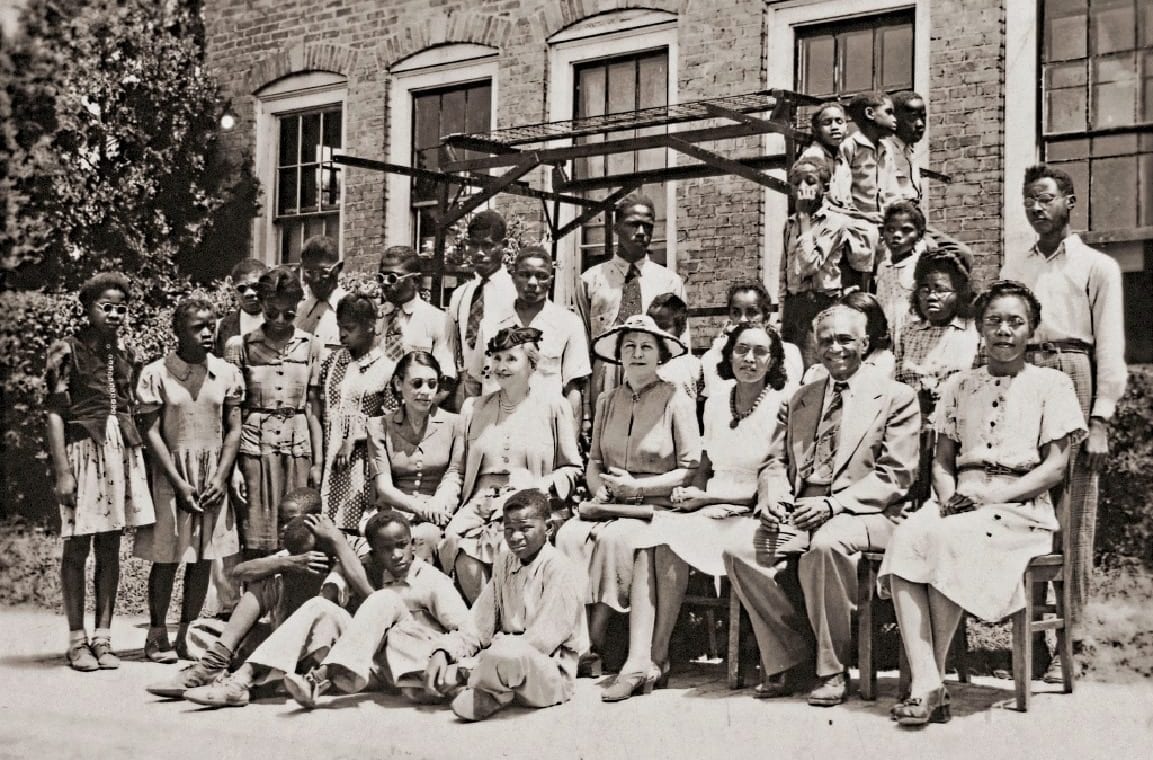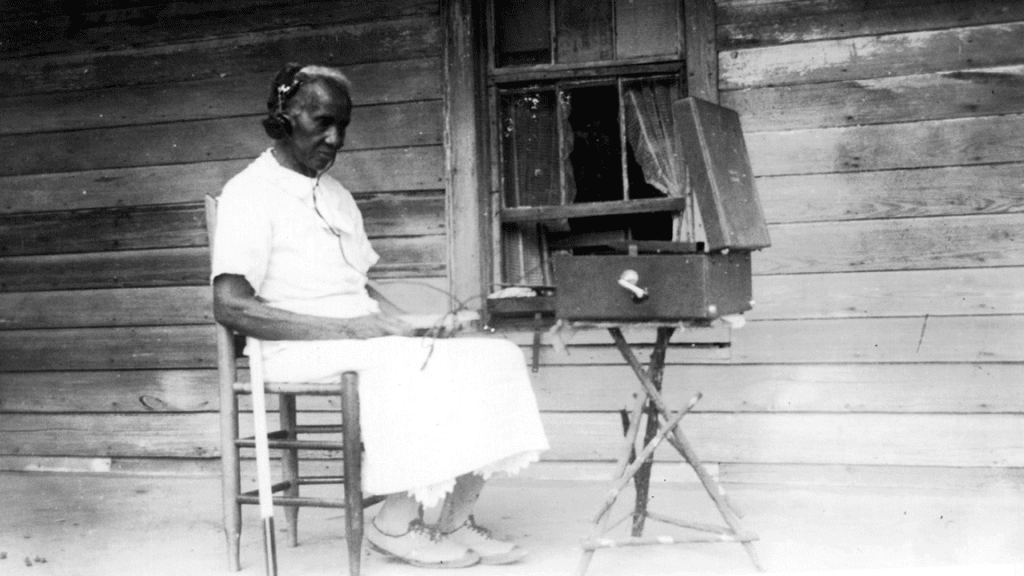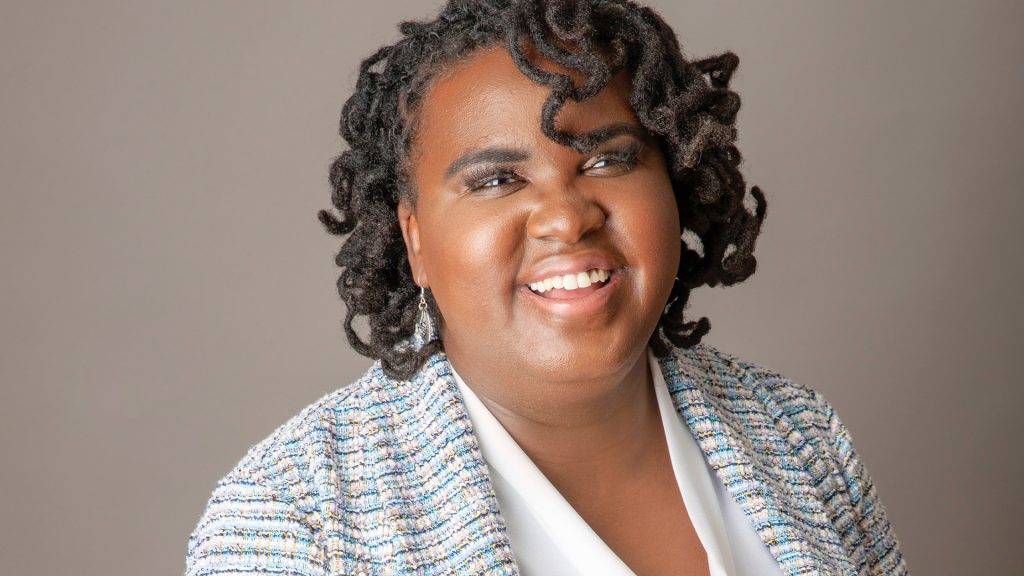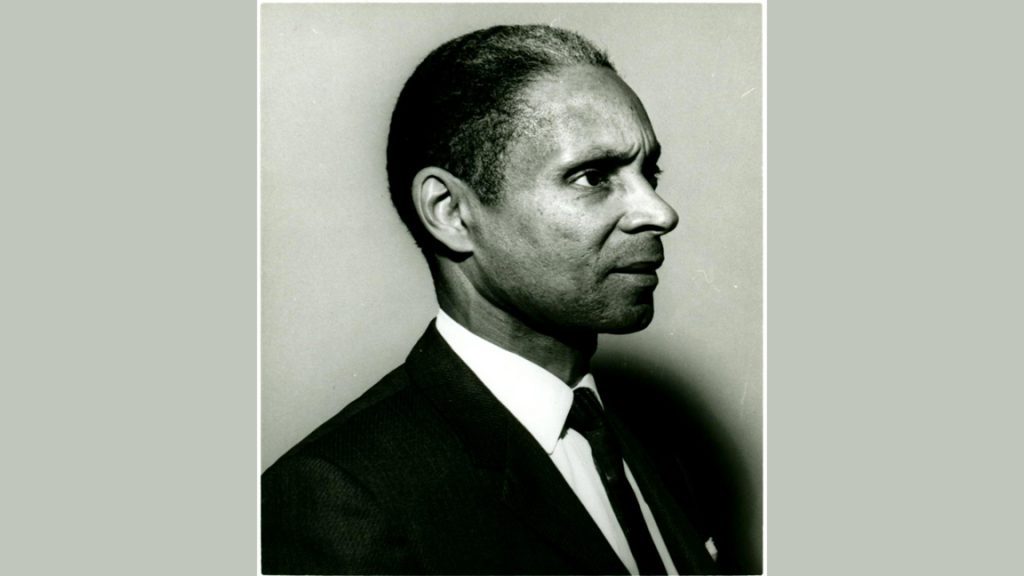To ensure gift delivery by 12/25, please place orders via UPS shipping no later than 12/17.
CloseConnecting with History Virtually

On March 17, 2020, I was sitting at my desk at APH, mulling over what we should do about the outbreak of COVID-19 that was just then gathering momentum across America. Do you remember that week? It seemed like every day, the world changed. My boss at the time, Gary Mudd, called me and told us all to button up the museum and go home. I have a dim memory that we still did a drop-in tour of the factory that day. I know we never imagined that would be the last tour we would lead in 2020. That many of us would spend most of the year working from home, that factory production would close for weeks while the layout and procedures were reworked to protect staff, and that so much of our routine would be moved online.
Museums tell stories with artifacts, whether it be a historic braillewriter, a signed letter, an audio recording of a Talking Book narrator, a video of a kid learning to cross a street with a long cane, or a snapshot of students in a home economics class. I’ve always loved that, the authenticity of being around real things that were there in the place the day it happened. But right now we can’t provide interactive exhibits that allow a lot of touching and do it safely.
Virtual experiences are still incredible, they really are. You can download and read thousands of books and articles from our Migel Library Collection on the Internet Archive, and museum social media went live on Facebook and Twitter on January 1st, 2020. You can find us at @APHMuseum and learn more about “the stuff,” public programs, historical figures, and other items that strike our fancy.
Even before the pandemic hit, we’d been working on updating our museum website, which made its debut back in the dark ages of the 1990s and was starting to show its age. We’re working hard with a local design firm to get it ready to “go live” sometime yearly this year. It will be a place where you can search our collection, schedule tours, get tickets to programs, and dive into our special stories of people who made a difference.
One of those stories is about Martha Louise Morrow Foxx. Many of you know that before 1960, most kids with visual impairments went to state-operated residential schools. There was always debate as to whether it was ideal for these students to learn separately from their sighted neighbors. But in the post-Civil War American South, there was another source of division—skin color. Beginning in 1868 in North Carolina, former slave states created separate schools for African-American children who were blind or visually impaired. Invariably, these schools were underfunded, poorly maintained, and neglected. But they were led by some of the brightest, most creative, and amazing people. Martha Foxx was one such leader, a teacher at the Piney Woods Country Life School in Rankin County, Mississippi. And she was blind herself, a 1917 graduate of the Overbrook School in Philadelphia. In 2013, Foxx was inducted into the Hall of Fame for Leaders and Legends of the Blindness Field, the first woman of color to be so honored.
Social media and online exhibits let us tell our stories to people all over the world. And while our museum and factory tours are shuttered, we continue to work on providing uniquely APH stories and introduce you to special people, like Martha Foxx, who made a difference in the lives of so many.
Share this article.
Related articles

Finding Sadie
“The blind veterans here in the Helen Keller class are able, thru talking books, to obliterate the tedious hospital hours...

Black History Month: An Interview with Denna Lambert
Black History Month is a time to honor the contributions of African Americans to the United States. We spoke with...

Dr. Joseph Himes: A Black History Month Profile
In my work cataloging the materials in the AFB Helen Keller Archive, I’ve come across hundreds of folders with the...
